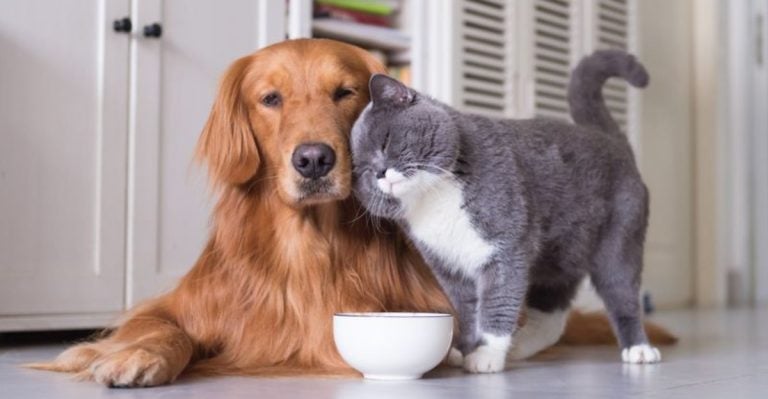Why These 15 Dog Breeds Are The Most Common In Shelters

Shelters across the country are filled with dogs waiting for a second chance, many from the same few breeds. Some assume only strays end up in shelters, but studies show nearly 25% of shelter dogs are purebred. Discover why these 15 breeds frequently end up in shelters and the issues they face.
American Pit Bull Terriers

Muscular and full of energy, pit bulls make fantastic companions. Yet, they flood shelters more than any other breed. Many landlords and housing policies ban them due to misconceptions about aggression. Despite their affectionate and loyal nature, their history of being used for dog fighting contributes to their stigma.
Labrador Retrievers
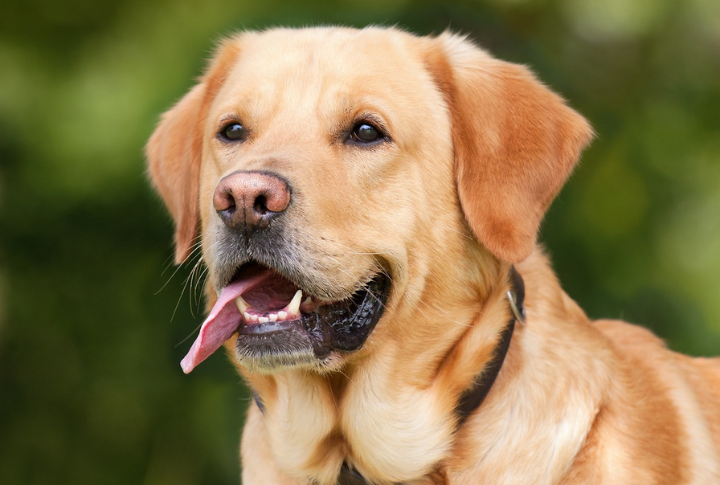
Seeing America’s favorite family dog in shelters is surprising, but Labs often outgrow the “adorable puppy” phase too quickly. Their boundless enthusiasm can overwhelm owners who are not ready for their high energy levels. Many are surrendered when families realize too late that these dogs require significant time and training to manage.
Chihuahuas

Small but mighty, Chihuahuas dominate shelters, especially in states like California. Overbreeding due to their popularity has led to an influx of unwanted pups. Many owners choose them for their small size but aren’t prepared for their prominent personalities. Additionally, their fragile bodies make them less ideal for families with young children.
German Shepherds
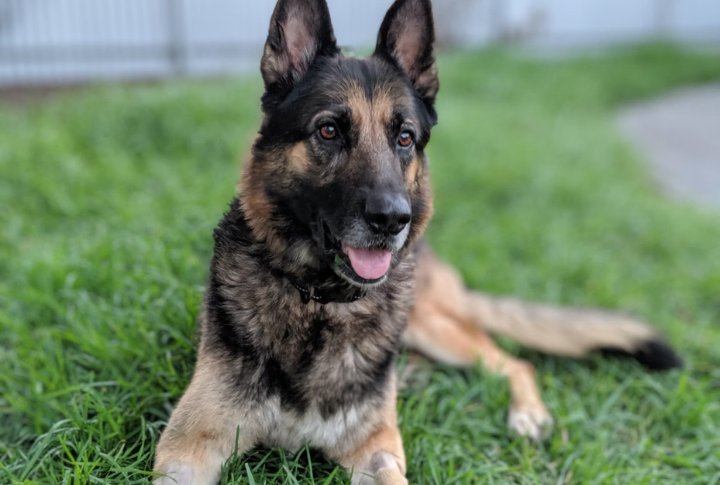
A brilliant working breed with an unbreakable bond to its owner, German Shepherds are often abandoned when people don’t anticipate their needs. They require constant mental and physical stimulation. Without it, they become anxious and destructive. Many enter shelters after failed attempts at home protection, proving that intelligence alone doesn’t make training effortless.
Boxers

Goofy and affectionate, Boxers bring endless joy until their boundless energy becomes too much. Many owners surrender them after realizing they need daily exercise and attention. Their short muzzles also make them prone to breathing issues, leading to expensive vet bills. Another common issue is their stubborn streak, which requires consistent management training.
Beagles

Those soulful eyes with wagging tails make Beagles hard to resist. However, their strong hunting instincts can turn daily walks into chaotic chases. Initially bred for tracking scents, they need stimulation beyond a fenced yard. Without it, howling and escape attempts become common.
Dachshunds

Dachshunds have big personalities. Their stubborn streak can frustrate inexperienced owners, leading to surrenders. Their long backs are also prone to spinal issues, requiring careful handling and potential medical expenses. Another issue is their strong prey drive, making it difficult for them to manage around smaller pets.
Rottweilers

Many Rottweilers end up in shelters due to owners failing to meet their training needs. People often overlook their loving, goofy side in favor of outdated fears about aggression. Additionally, their large size and strength require an experienced handler, which not every adopter is ready for.
American Bulldogs

Unfortunately, American Bulldogs often land in shelters due to their sheer size and strength. Many adopters hesitate, fearing they need too much maintenance and exercise. That leads to frustration and surrender when the dog becomes destructive. But for those who give them a chance, these muscular couch potatoes prove to be adorably gentle.
Siberian Huskies

Intelligent and built for adventure, Huskies require constant activity. Their love for running makes them one of the most frequently surrendered breeds. First-time owners often don’t realize how independent and stubborn they can be. Their thick coats also require significant grooming, which can be overwhelming for some owners.
Australian Cattle Dogs
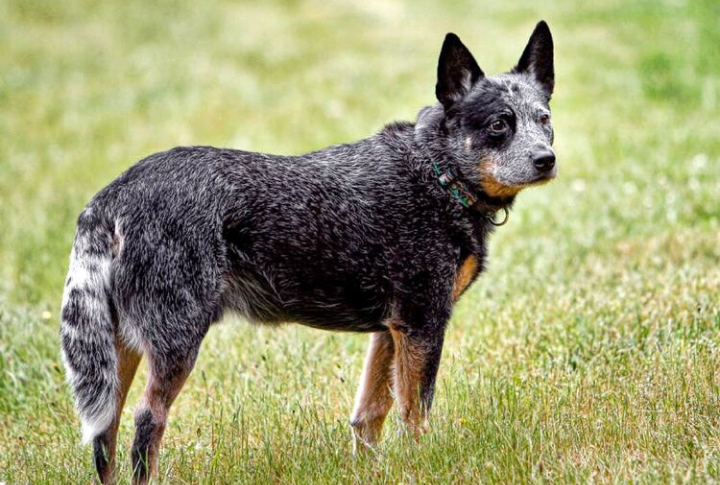
Herding instincts run deep in Australian Cattle Dogs, often leading to behavioral challenges. They need intense mental and physical engagement, which many households can’t provide. Owners expecting an easygoing pet usually give them up when their instincts take over, leading to excessive nipping, chasing, and boundless energy levels.
Border Collies
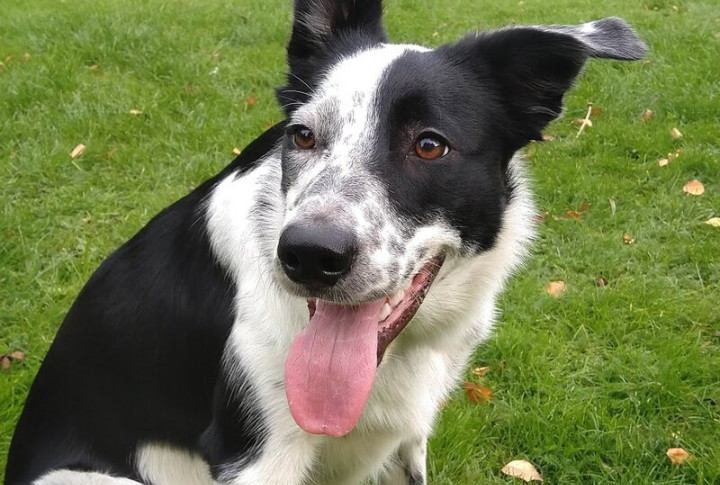
With intelligence rivaling that of a young child, Border Collies need structured activities to stay balanced. Many land in shelters after their high energy and work-driven mentality prove too much for casual pet owners. However, they thrive in environments where they have space and tasks to keep them engaged.
Cocker Spaniels

Floppy ears, a sweet temperament, and an expressive face make Cocker Spaniels irresistible. However, their high grooming needs and susceptibility to ear infections can be a deal-breaker for some. Poor training can also lead to resource guarding, a common reason for surrender.
Jack Russell Terriers

Jack Russells may be small, but they come with a larger-than-life personality. Originally bred for fox hunting, they need an outlet for their energy. Many end up in shelters when owners struggle with their endless need for activity. Without proper stimulation, they become hyperactive and destructive, traits that don’t suit every home.
Shih Tzus

Shih Tzus are often abandoned due to high grooming needs. Many owners want pretty dogs for the gram, but they don’t anticipate the time and cost required to maintain their coats. They can also develop separation anxiety, leading to behavioral issues. Fortunately, their loving nature makes them strong candidates for adoption.




